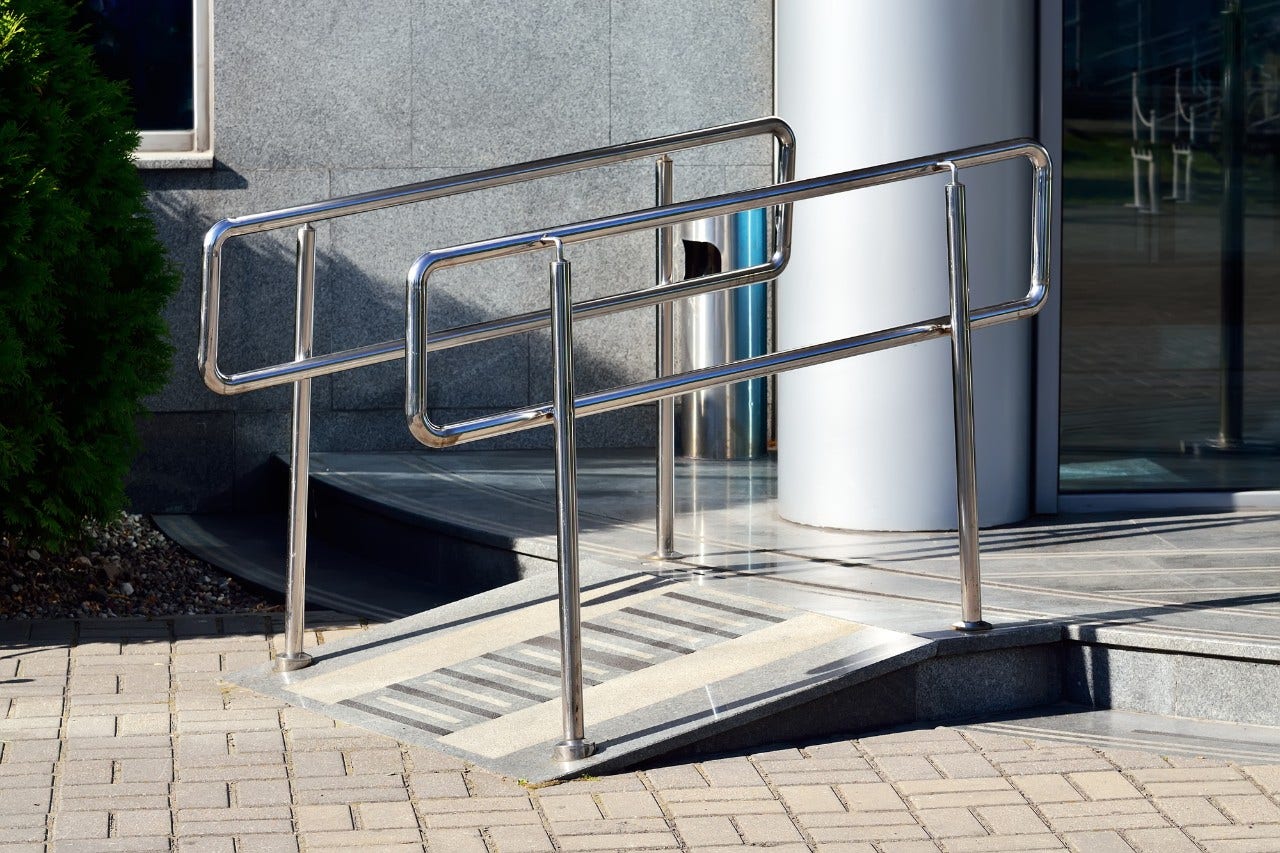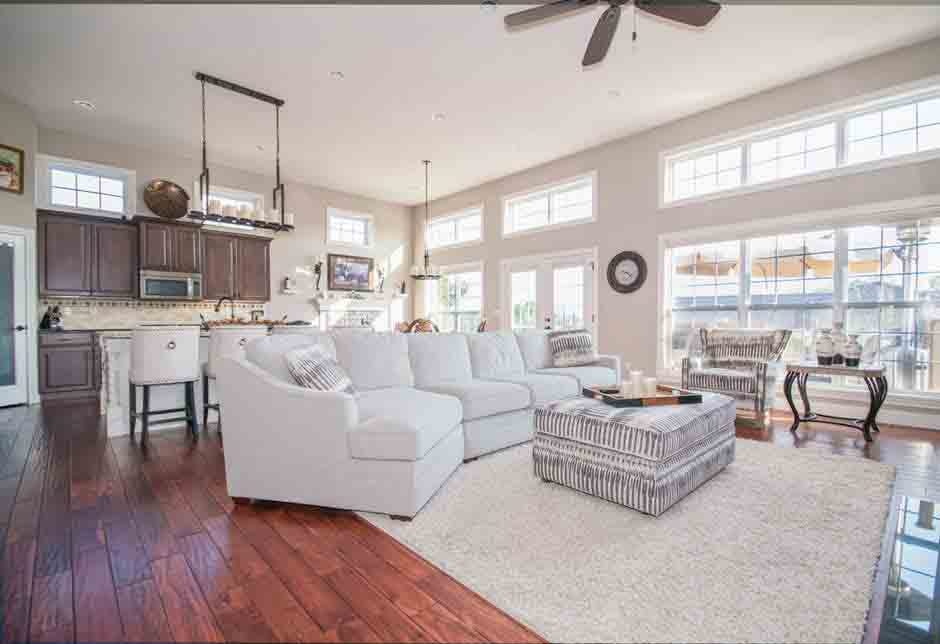
How Much Do Aluminum Wheelchair Ramps for Homes Cost?
Living with a mobility disability brings more than a few challenges. Whether you’re picking out your first wheelchair or trying to navigate cities that weren’t built with the disabled in mind, finding the accommodations that you need can prove to be difficult. And even the home can provide challenges of its own.
Suitable housing for people with disabilities is not nearly as prevalent as it needs to be, given the 2.7 million Americans who use a wheelchair. Those without access to it often need to find solutions like aluminum wheelchair ramps for homes.
But why aluminum specifically? And how much can you expect a home ramp to cost? Let’s take a closer look at this essential home mobility choice to help determine why it’s the optimal solution.
Why an Aluminum Ramp?
When building a home ramp, the cost is often a paramount concern. Medicare does not cover home modifications, even if they’re related to a medical condition. So given that aluminum is a relatively expensive material, why would you choose it?
Well, you want to build a ramp with the longest possible lifespan. And short of having a concrete ramp poured, which would be far more expensive, aluminum is the best available choice. It’s corrosion-resistant and boasts a high strength-to-weight ratio, making it both durable and less labor-intensive to install.
Permanent Aluminum Wheelchair Ramps for Homes
As with any home renovation, the cost of having a permanent ramp installed will vary. Size is the most obvious factor. If you just need to clear a raised threshold, a modest ramp will do. But if you have to build a ramp up to a raised structure like a porch, that will take more doing and incur a higher cost.
Another factor to consider is the weather. The aluminum used in quality ramps is always either coated or otherwise weatherized, so you need not worry about that. However, a few come with wood paneling to make them more aesthetically pleasing. And since the wood is sometimes unfinished, you’ll want to make make sure that it’s treated to understand your weather conditions.
Alternatively, some ramps have excess railing or fencing that can stop snow and rain from draining, creating obstacles. And the aluminum itself can be slippery when wet.
These are all factors to consider when shopping for your future ramp and can influence the price. But broadly, you can expect a quality, permanent ramp to cost around $10 per foot of ramp being constructed.
Opening the Doors to the World Outside
Aluminum wheelchair ramps for homes, whether temporary or permanent, can be a legitimate life-changer. With one, the threshold to your own home no longer needs to present an obstacle to your ability to live your life. And once you’re out the front door, you can start looking forward to what lies beyond.
Disabled-accessible transportation is one area where progress is still lacking. Being such a car-centric society, you need a vehicle to get around.
If your current vehicle isn’t up to the task, as many by default are not, check out our guide on what vehicles can be made wheelchair accessible.




